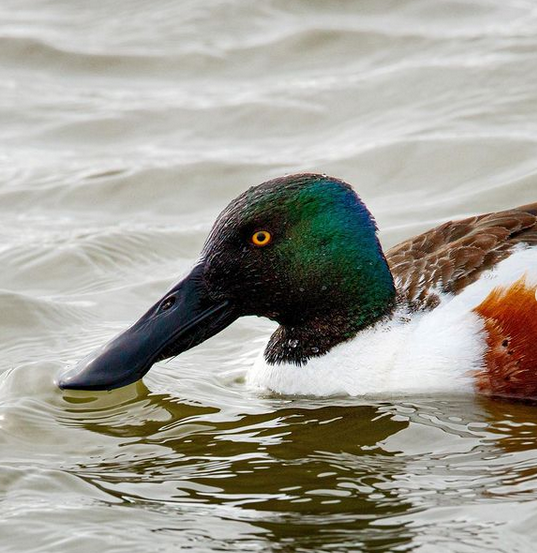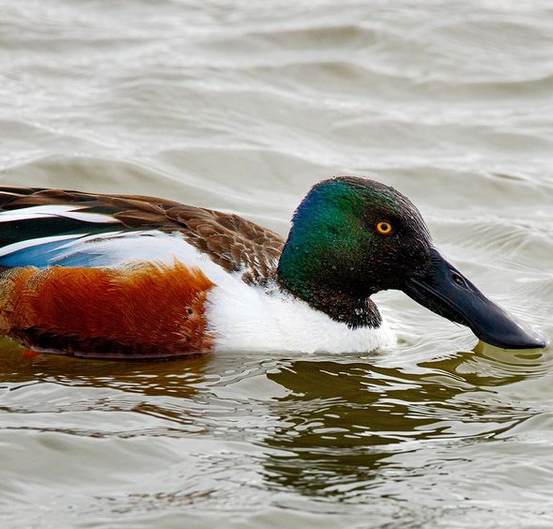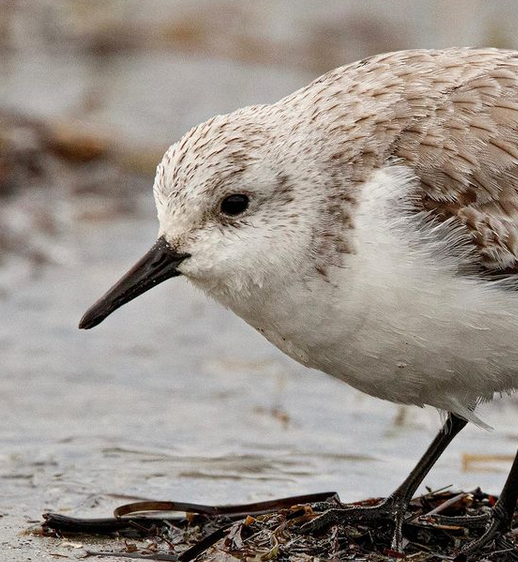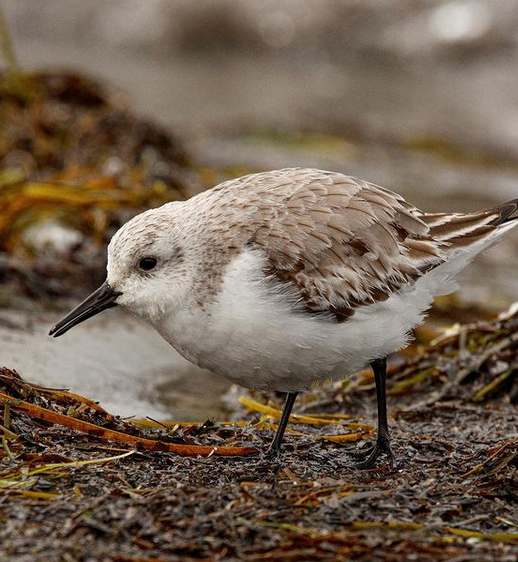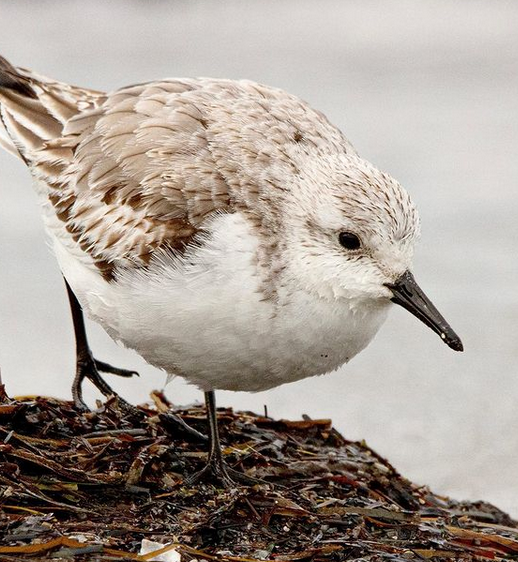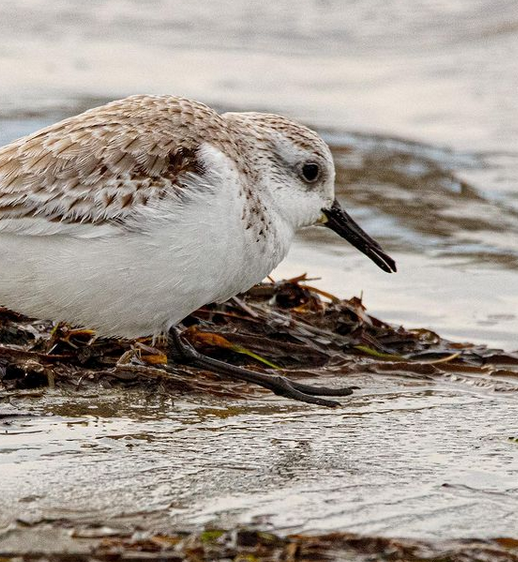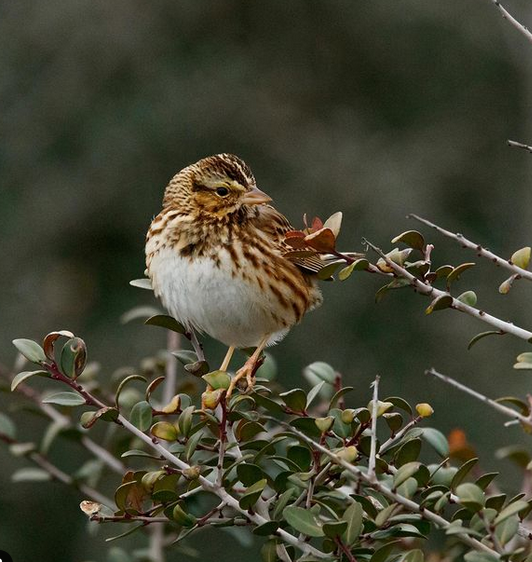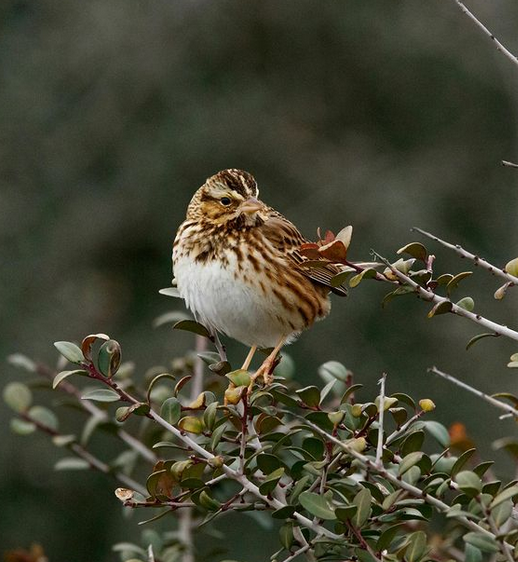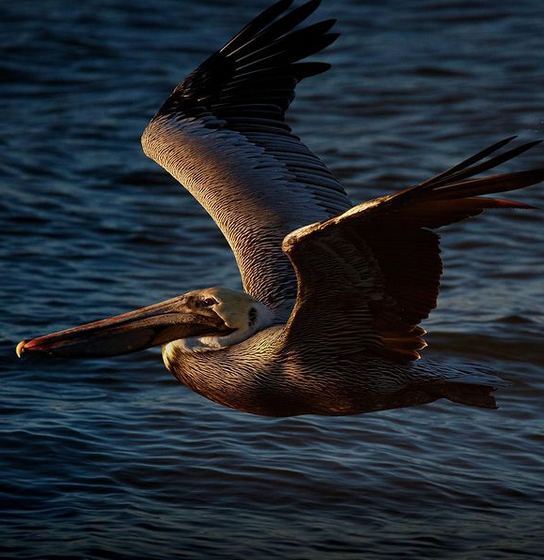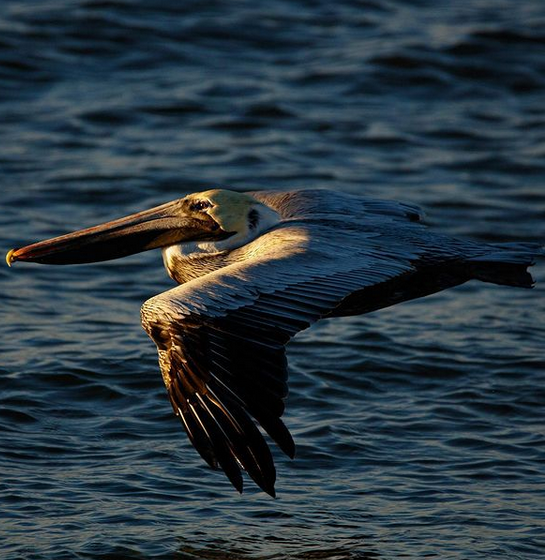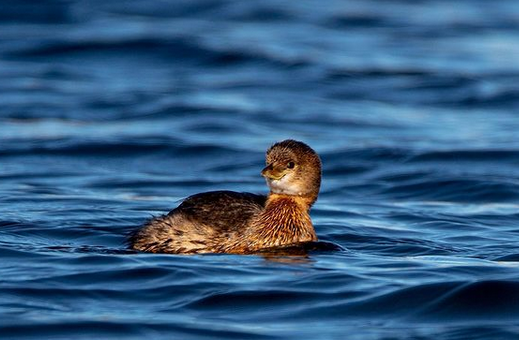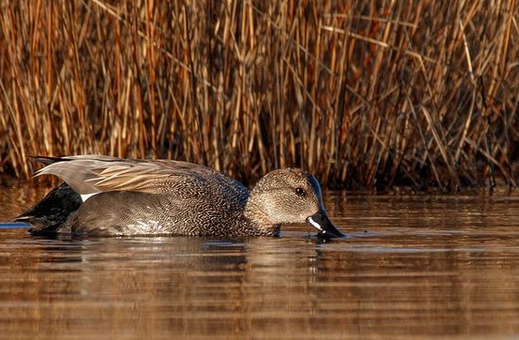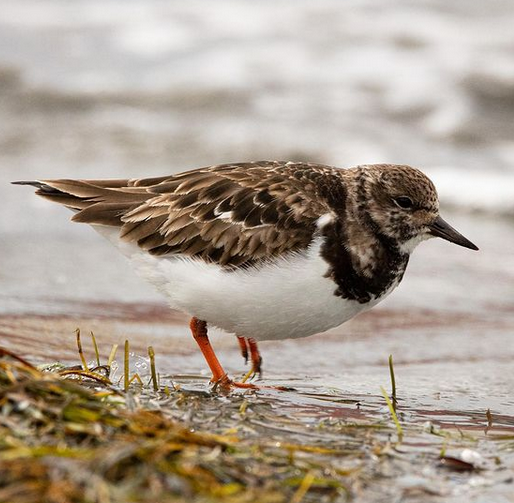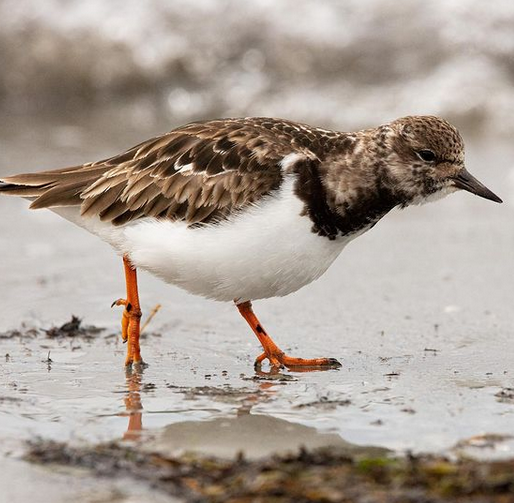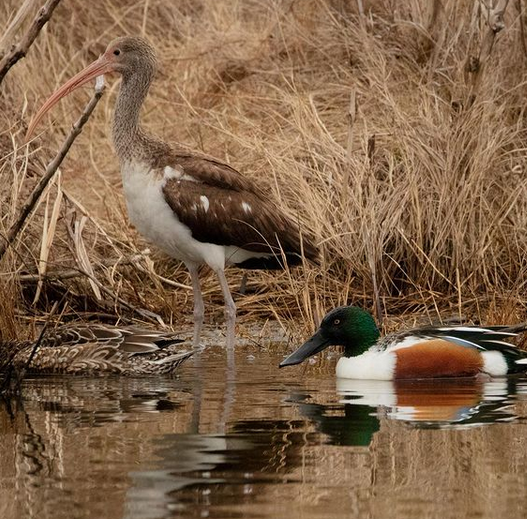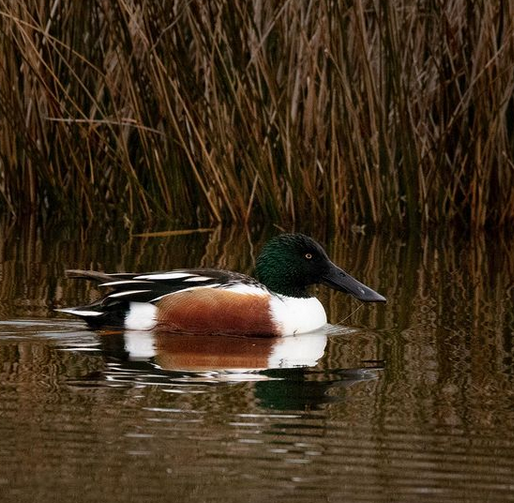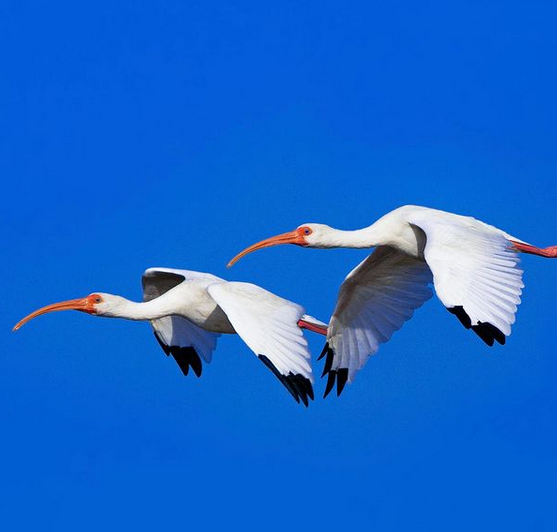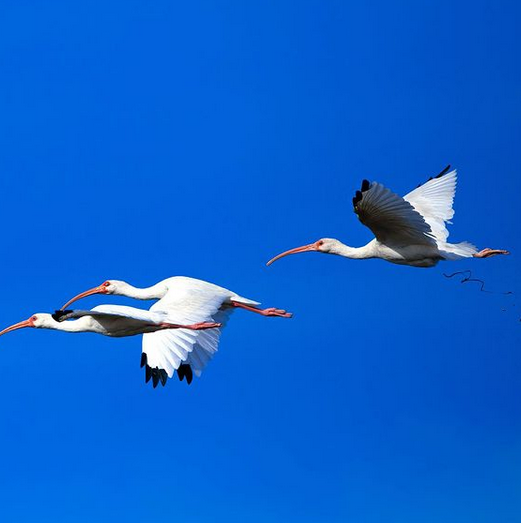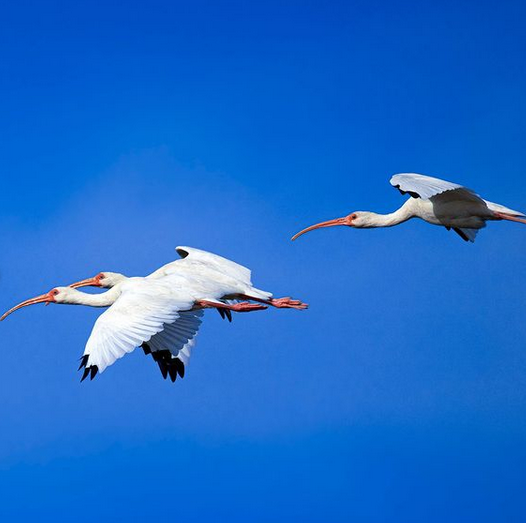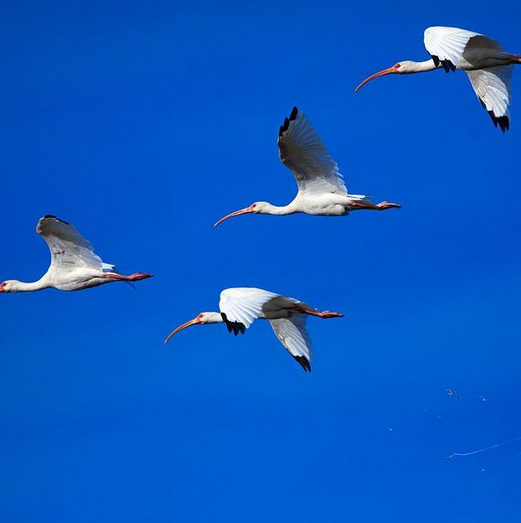About an hour into the trip at the Pea Island NWR, the wind picked up as a cold front pushed in from the north.
I mean in an instant, it really got crazy out there! Gusts of 50mph wind plus a driving cold rain that just cut right through ya. More than once, the wind was blowing so hard, it felt like it could rip the 600mm lens from my fingers at any moment (shout out to @canonusa for building a kick ass camera that can exceed performance expectations in weather like that).
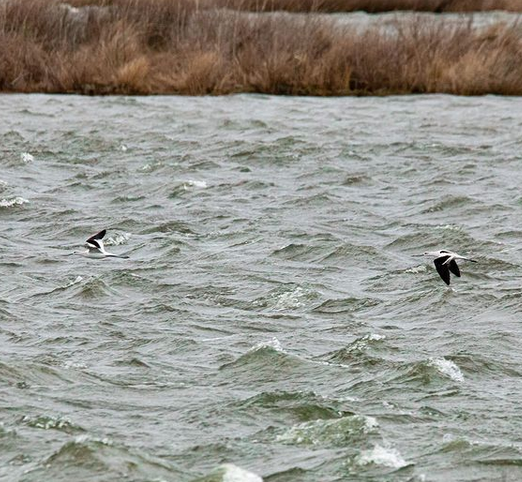
There were actually white caps churning on the surface of the normally glass-smooth North Pond. It was nuts!
Despite the foul weather we still saw tons of great stuff including these beauties, the American Avocet.
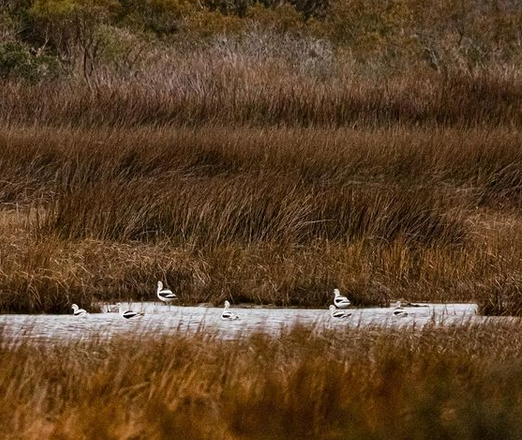
This medium sized shorebird is indeed a lovely sight dressed in its winter plumage of grey and white, yet it’s most striking field mark is their delicate bill which is long with a distinct upward curving tip. The Avocets use their bills to skim along the water’s surface, in search of insects and small crustaceans.
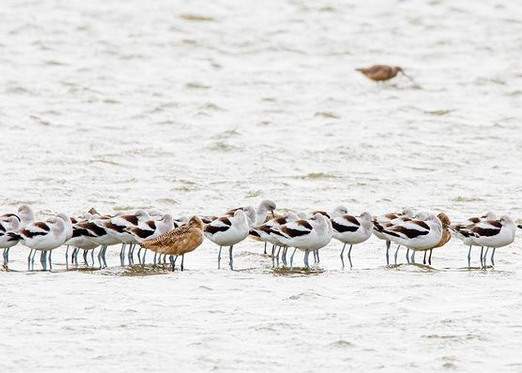
As seen in the photo above, these sociable birds will often move through the water in flocks, feeding & roosting together with other waders like Godwits, Herons and Ibis.
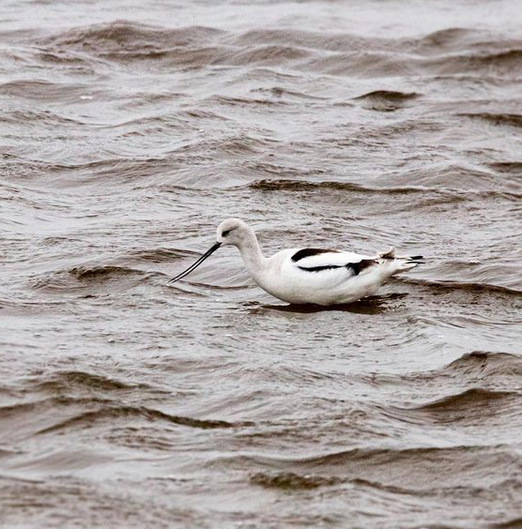
The American Avocet is a relatively common sight here on Pea Island from late July through April but becomes more difficult to find May through June.
Look for them in slow moving, shallow bodies of fresh/brackish water marshes and ponds in our coastal impoundments throughout the OBX.
Aren’t they beautiful?
Photos by @sally_siko of @birdwatching_nc on the fabulous full frame @canonusa
#5Ds

